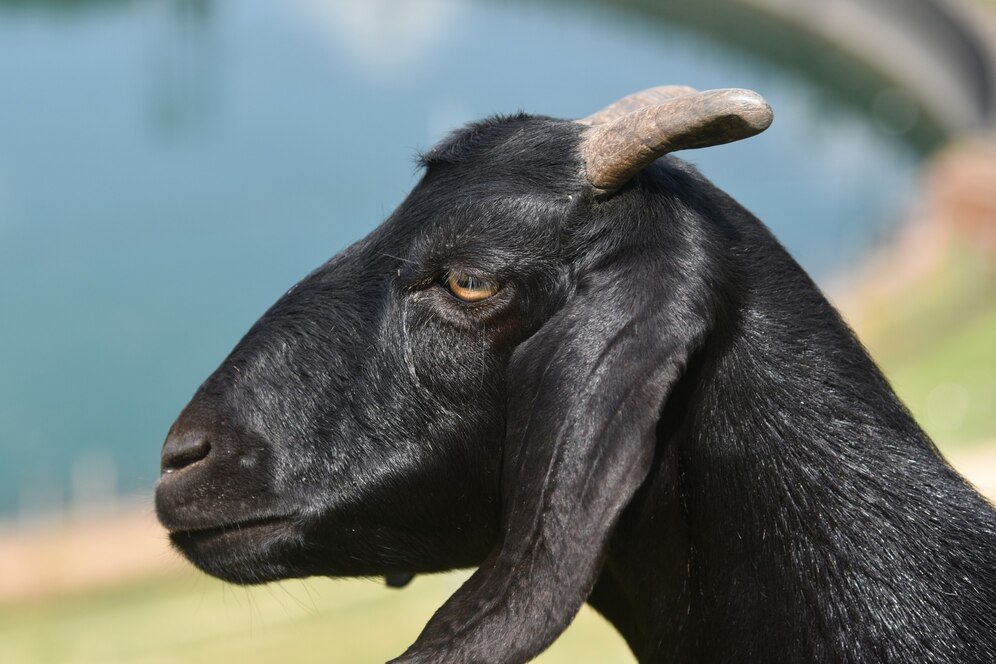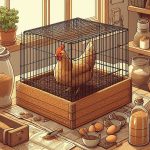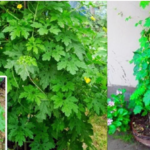
Raising Black Bengal goats can be a sustainable way to boost income with a low initial investment. This hardy breed is ideal for small farmers and can play a crucial role in poverty alleviation by providing high-quality meat, digestible milk, and valuable hides. Here’s a detailed guide to help you successfully raise Black Bengal goats.
Benefits of Goat Farming for Economic Development
Goat farming is an effective means of income generation, particularly for small farmers. Black Bengal goats are resilient, low-maintenance, and can produce two litters of kids annually, with each litter yielding up to four kids. Their high disease resistance, low rearing costs, and valuable hides make them an ideal choice for self-sustaining farming.
Common Goat Breeds and Black Bengal Characteristics
Black Bengal goats are well-suited for climates with mild to moderate temperatures. Known for their small size, they produce lean, high-quality meat popular worldwide.
Key Characteristics of Black Bengal Goats:
- Size: Small and compact, typically weighing 15-30 kg for females and 20-35 kg for males.
- Litter Size: Commonly give birth to 1-4 kids per litter.
- Horns: Females have small, narrow horns, while males have larger, curved horns.
- Fur: Short and smooth, making them easy to groom.
Housing Requirements
Goats need clean, dry, and well-ventilated housing to stay healthy. A simple setup suffices, but it’s essential to maintain an odor-free environment, as damp, enclosed areas can lead to respiratory and skin diseases. A suitable space should allow at least 1.5 square meters per goat, and multi-story housing should be at least 2-2.5 meters high for proper ventilation.
Feeding and Nutrition
Goats have a varied diet and enjoy a range of plants, including jackfruit leaves, banana leaves, guava leaves, and grasses. They also benefit from balanced granular feed to ensure they receive essential nutrients. Goats prefer fresh food and are known to graze even on small patches of grass.
Breeding Guidelines
To achieve high productivity, it’s important to breed goats at the optimal time. Black Bengal goats reach breeding age at 14-28 days after birth. The best time for breeding is during their heat cycle, within 12-24 hours of heat onset, for maximum fertility. Typically, goats give birth around 140-150 days after breeding.
Age Estimation by Teeth
- Under 12 months: All temporary (milk) teeth present.
- 12-15 months: One pair of permanent teeth in the middle.
- 16-24 months: Two pairs of permanent teeth.
- 25-36 months: Three pairs of permanent teeth.
- 37+ months: Four pairs of permanent teeth.
Daily Care Tips
- Water: Provide fresh, clean water daily, especially during midday.
- Nutrition: Ensure a varied diet of grasses, leaves, and legumes.
- Deworming: Deworm two to three times a year to prevent internal parasites.
- Vaccination: Administer regular vaccinations against common diseases.
- Clean Environment: Keep housing dry, elevated, and free of contaminants. Clean daily and use lime on the floor to maintain hygiene.
Essential Considerations for Goat Care
Avoid giving goats spoiled or dirty food, which can cause health issues. With the right care, Black Bengal goats offer a sustainable, low-cost approach to self-sufficient farming and reliable income generation, benefiting rural and urban communities alike.





















